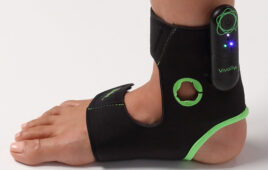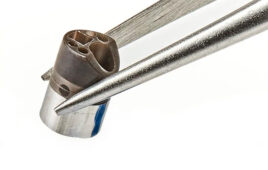Many individuals live in polluted cities and breathe in smug-filled air that fills up their lungs. Now, a group of researchers has created a wearable scarf that allows even the most vulnerable people to breathe healthier and easier.
The team has created a fabric that can trap the most dangerous particulate matter at a fast-paced speed and cheap cost. The technology relies on metal organic frameworks (MOFs) that are healthier for the environment than current polymer-based masks and scarves.
In order to get their technology to the people who need it most, researches have integrated the technology into the HAVA scarf. They eventually hope to expand their technology to other wearables such as masks.
There are many benefits to MOFs. One of the benefits is that MOF starting materials are inexpensive and degrade faster than polymers. In turn, this reduces waste and additional plastic pollution accumulation. Additionally, MOFs have the potential to capture harmful gas pollutants such as SOx and NOx.
Today, most air masks that are available to the public are made from polymers. Some masks are made from clothing fabrics but they do not effectively capture pollutants and gases. The HAVA scarf addresses both of these restrictions, making it easier to serve vulnerable populations in the developing world.
The team of researchers plans to partner with NGOs and humanitarian aid groups that can help others protect themselves from toxic air. Currently, the researchers are in the talks with the United Nations.




